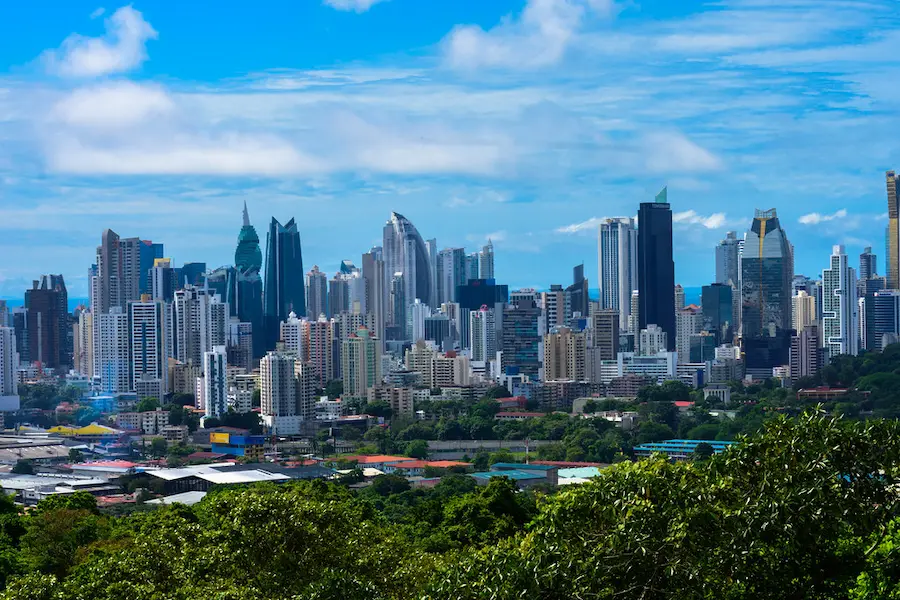- Historical architectural principles influence the design of modern high-rises.
- Green spaces and sustainable design are becoming pivotal in urban architecture.
- Placemaking enhances community well-being and creates a sense of belonging.
- The preservation of natural features is essential for balanced urban development.
Table of Contents
The Influence of Historical Periods on Modern Skyscrapers
Architectural traditions have long informed the silhouettes of modern skylines, with ancient construction methodologies laying the groundwork for the complex feats of engineering we witness today. The Great Pyramids, for instance, were not just architectural achievements in their own right; they also laid the foundation for geometric precision in construction. Now, during an unhurried journey on a Chicago architecture boat tour, bystanders can gaze upon a myriad of skyscrapers that ascend towards the heavens, their facades whispering the wisdom of centuries past melded seamlessly with the innovative spirit of modern times.
Gothic cathedrals, with their towering spires and intricate windows, have inspired some of the key features in our steel-frame structures. The Empire State Building embodies the marriage between these ancient gothic elements and skyscraper technology. Its majestic spire remains a veneration of these age-old building techniques. Yet, it stands proudly as a beacon of modern American ingenuity and a defining symbol of New York City’s skyline.
Comparing the construction technologies of yore with those in vogue today also reveals a remarkable narrative of human ambition and adaptability. The stark contrasts and surprising parallels between them underscore architecture’s ceaseless evolution, influenced by a potpourri of historical periods and the perpetual march of technological advances.
Innovative Materials Redefining Future Skyscrapers
The bold quest for sustainability in architecture has opened up new horizons in choosing and utilizing construction materials. A foray into eco-friendly composites, such as cross-laminated timber and carbon fiber, is already carving new opportunities for buildings that challenge traditional forms and functions. This infusion of green construction materials is part of a broader, radical rethinking that addresses the environmental challenges of the 21st-century head-on.
To this end, architects and engineers seek solutions that leave lighter footprints on the earth while stretching the limits of their craftsmanship.
Browsing through the troves of data and projects can be an enlightening journey through architecture and innovation, revealing how these materials are being leveraged to build faster, higher, and more sustainable. The insights gained from studying such examples elucidate the transformative impact of materials on architecture’s ecological and aesthetic future.
The Importance of Green Spaces in Urban Architecture
Urbanism’s recent rekindled romance with natural elements has manifested in the proliferation of green spaces within the architectural matrix of cities. Driven to reconcile urban vitality with ecological prudence, today’s designers champion green roofs, sky parks, and vertical forests that transform buildings into living ecosystems. Such is the draw of these elements that they’ve become markers of a city’s commitment to sustainability and livability, much like the foliage patinas clinging to the walls of age-old ruins once spoke of a greener past.
Milan’s Vertical Forest (Bosco Verticale) is a unique project that challenges traditional urban layouts. The gardens and terraces it features are beautiful, help improve air quality, and benefit public health. Biophilic design is becoming increasingly popular due to its potential to restore ecological balance in densely populated areas and its proven mental and physical health advantages.
Sculpting Skylines: The Art of Placemaking with Architecture
Placemaking is an architectural practice that fosters communal well-being and creates a unique sense of locale. It weaves the social fabric of cities by creating spaces that enhance connections between residents and the places they inhabit. Placemaking principles help architects shape places that narrate the story of their cities and exude character, inviting engagement and anchoring each tower in the cultural continuum.

